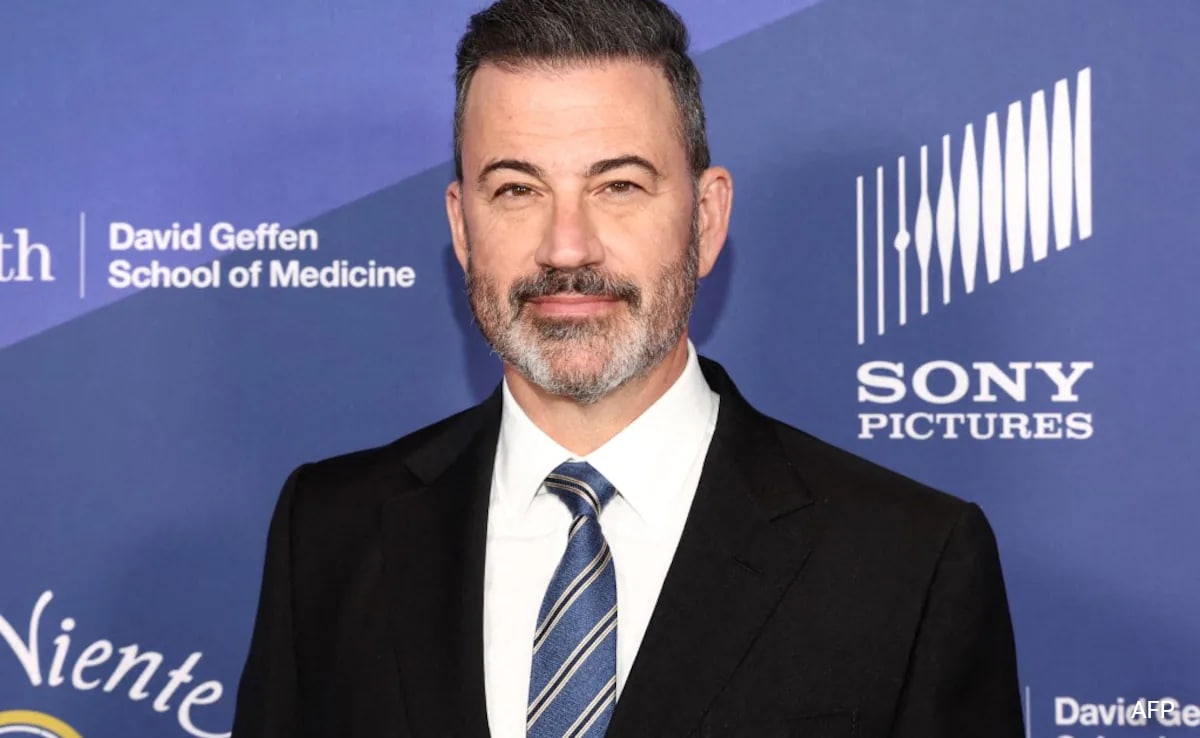The World Health Organization said Thursday that 73 people have been killed and 51 injured in “attacks on health care” in Ukraine since the start of the war.
Ukrainian President Volodymyr Zelensky warned Thursday that the slaughter of civilians in Mariupol, the port city that has been under extended Russian attack, would rival the “heinous crimes” in the Kyiv area, where the discovery of hundreds of corpses has shocked the world into further isolating Moscow. He also cautioned that the Kremlin could use Mariupol for propaganda purposes, staging scenes to suggest Ukraine was responsible for the atrocities.
As Russia shifts the focus of its invasion from Kyiv to the country’s east, some people are cautiously returning to the capital. In recent days, at least four European nations have either returned diplomatic staff or announced plans to reopen their embassies in Kyiv. On Thursday, traffic stretched for miles around the devastated suburb of Bucha, as thousands of families attempted to head home. Kyiv’s mayor said on Telegram that the city would help residents of its suburbs “return to a peaceful life.”
The Pentagon said it was providing Kyiv with intelligence to combat the Kremlin in the east, where Ukrainian officials say Russian forces are deploying “scorched earth” tactics. The regional governor of Luhansk said all medical institutions in the province had been destroyed, and his counterpart in neighboring Kharkiv urged residents to flee. Some evacuations were blocked on Thursday after a Russian airstrike prevented the departure of some trains, Ukrainian officials said.
Here’s what to know
WHO: More than 70 have died in 103 ‘attacks on health care’
Return to menuThe WHO has verified 103 attacks, with 89 affecting health facilities and more than a dozen on transportation, including ambulances, according to a news release.
The global public health body defines attacks as “any act of verbal or physical violence or obstruction or threat of violence that interferes with the availability, access and delivery of curative and/or preventive health services” on “health facilities, transport, personnel, patients, supplies and warehouses.”
“We are outraged that attacks on health care are continuing. Attacks on health care are a violation of international humanitarian law,” said WHO Director General Tedros Adhanom Ghebreyesus.
According to the WHO, there are 1,000 health facilities in Ukraine that are “in proximity to conflict areas or in changed areas of control.”
The news release did not provide details on the attacks, but The Washington Post previously verified nine incidents where hospitals faced direct damage as a result of a reported Russian attack, including a strike on a maternity hospital in the port city of Mariupol, where at least three people died and more than a dozen were injured.
The World Health Organization said Thursday that 73 people have been killed and 51 injured in “attacks on health care” in Ukraine since the start of the war.
The WHO has verified 103 attacks, with 89 affecting health facilities and more than a dozen on transportation, including ambulances, according to a news release.
The global public health body defines attacks as “any act of verbal or physical violence or obstruction or threat of violence that interferes with the availability, access and delivery of curative and/or preventive health services” on “health facilities, transport, personnel, patients, supplies and warehouses.”
“We are outraged that attacks on health care are continuing. Attacks on health care are a violation of international humanitarian law,” said WHO Director General Tedros Adhanom Ghebreyesus.
According to the WHO, there are 1,000 health facilities in Ukraine that are “in proximity to conflict areas or in changed areas of control.”
The news release did not provide details on the attacks, but The Washington Post previously verified nine incidents where hospitals faced direct damage as a result of a reported Russian attack, including a strike on a maternity hospital in the port city of Mariupol, where at least three people died and more than a dozen were injured.
The latest on Ukraine’s key battlegrounds and retaken cities
Return to menu
Russian-held areas and troop movement
BELARUS
RUSSIA
POL.
Chernihiv
Separatist-
controlled
area
Kyiv
Lviv
Kharkiv
UKRAINE
Mariupol
Odessa
ROMANIA
200 MILES
Control areas as of April 7
Sources: Institute for the Study of War,
AEI’s Critical Threats Project, Post reporting
THE WASHINGTON POST

Russian-held areas
and troop movement
BELARUS
RUSSIA
Chernihiv
POLAND
Chernobyl
Kyiv
Sumy
Lviv
Kharkiv
UKRAINE
Separatist-
controlled
area
Odessa
Mariupol
Berdyansk
ROMANIA
Kherson
Sea of
Azov
Crimea
Annexed by Russia
in 2014
100 MILES
Black Sea
Control areas as of April 7
Sources: Institute for the Study of War, AEI's Critical Threats Project, Post reporting

Russian-held areas
and troop movement
BELARUS
RUSSIA
Chernihiv
POLAND
Chernobyl
Kyiv
Sumy
Lviv
Kharkiv
Separatist-
controlled
area
UKRAINE
Mykolaiv
Mariupol
Berdyansk
Kherson
ROMANIA
Odessa
Sea of
Azov
Kherson
Crimea
Annexed by Russia
in 2014
100 MILES
Black
Sea
Control areas as of April 7
Sources: Institute for the Study of War, AEI's Critical Threats Project, Post reporting

Russian-held areas and troop movement
BELARUS
RUSSIA
POL.
Chernihiv
Separatist-
controlled
area
Kyiv
Lviv
Kharkiv
UKRAINE
Mariupol
Odessa
ROMANIA
200 MILES
Control areas as of April 7
Sources: Institute for the Study of War,
AEI’s Critical Threats Project, Post reporting
THE WASHINGTON POST

Russian-held areas
and troop movement
BELARUS
RUSSIA
Chernihiv
POLAND
Chernobyl
Kyiv
Sumy
Lviv
Kharkiv
UKRAINE
Separatist-
controlled
area
Odessa
Mariupol
Berdyansk
ROMANIA
Kherson
Sea of
Azov
Crimea
Annexed by Russia
in 2014
100 MILES
Black Sea
Control areas as of April 7
Sources: Institute for the Study of War, AEI's Critical Threats Project, Post reporting

Russian-held areas
and troop movement
BELARUS
RUSSIA
Chernihiv
POLAND
Chernobyl
Kyiv
Sumy
Lviv
Kharkiv
Separatist-
controlled
area
UKRAINE
Mykolaiv
Mariupol
Berdyansk
Kherson
ROMANIA
Odessa
Sea of
Azov
Kherson
Crimea
Annexed by Russia
in 2014
100 MILES
Black
Sea
Control areas as of April 7
Sources: Institute for the Study of War, AEI's Critical Threats Project, Post reporting
.png)











 English (United States) ·
English (United States) ·  Turkish (Turkey) ·
Turkish (Turkey) ·